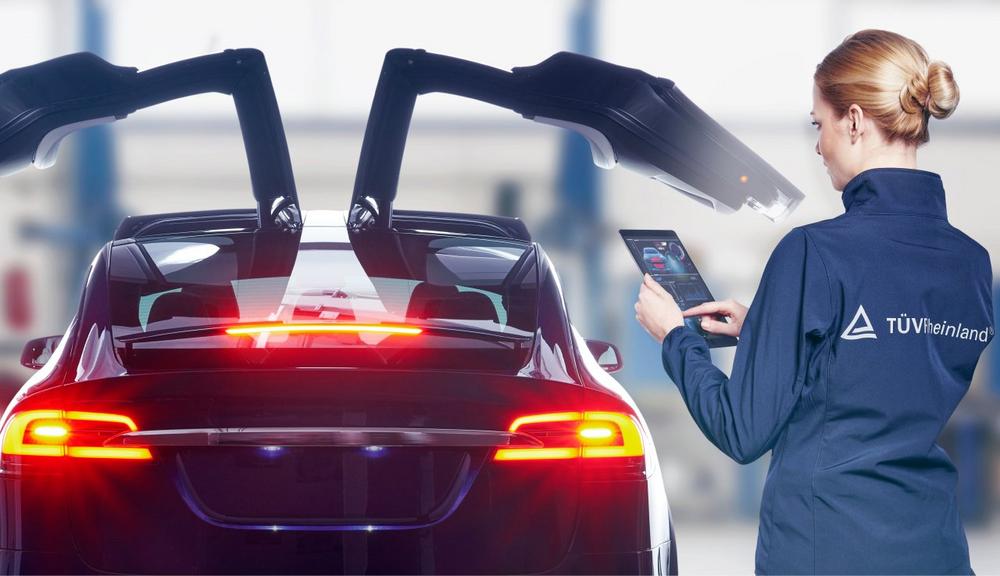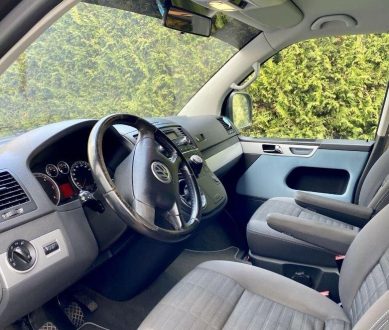
TÜV Rheinland, Twaice and Autovista examine the impact of battery treatment on residual values of electric vehicles
All batteries age, but some faster than others, with much greater financial consequences. Automotive batteries are the most expensive component in a vehicle, and as they get older their capacity and performance dwindle. However, the speed of this deterioration can be held back if drivers treat their batteries in a particular way. Whether they have done this is not obvious – currently, buyers of used battery electric vehicles are not privy to this information.
Information asymmetry is one of the biggest destroyers of economic value in markets for complex products, and without input from subject matter experts it is difficult, if not impossible, to assess actual quality. Labels, certificates and ratings work well in these markets. Positive and negative signals affect how much we are prepared to pay – whether for a hotel room, restaurant meal or a new cell phone. The used car market is a prime example of such a market. In the absence of information given by signals and labels, used car buyers are in the dark about the true quality of the vehicle, will assume it to be lower and pay correspondingly less.
“Used car programmes and extended warranties are already powerful signals that help address the information asymmetry between buyer and seller. But the battery electric vehicle represents a new challenge for the market,” stated Christof Engelskirchen, Chief Economist at Autovista Group. “We know that how the battery is treated over the 8-10 years of lifetime has a major impact on range and therefore suitability for daily use, but car manufacturers provide no systematic transparency on battery treatment and quality.”
Dr. Matthias Schubert, Executive Vice President Mobility at TÜV Rheinland, added: “Numerous long-term tests have shown that the aging pattern of EV batteries can vary widely amongst individual cases, depending on the user profile. An assessment of the remaining capacity and expected performance lifetime is a decisive precursor to establishing residual value.”
TWAICE provides the technology to evaluate the true remaining quality of a battery based on how it was treated. “We create a digital twin of a battery and simulate the impact of operating conditions, driving style, and charging behaviour,” said Jonas Keil, Senior Battery Engineer at TWAICE. “Many people underestimate the impact of battery treatment. In our scenario, a battery that has been poorly treated will perform worse on range by about 5% at the 3-year point with 45,000 km on the clock – and this gap will only widen as battery quality, once lost, cannot be recovered.”
Autovista Group has simulated that improved and verifiable battery quality, provided in the form of a Battery Health Report, delivers up to €450 higher remarketing results for a three-year-old used C-segment BEV in Germany. “That represents an economic value of €4.5 million for every 10,000 BEV used-car transactions – to the benefit of all stakeholders,” explained Christof.
One challenge remains, according to Lennart Hinrichs, Commercial Director at TWAICE: “What we are working on now is to leverage our battery analytics and establish a battery health report as a standard in the industry.” The full potential of a Battery Health Report can only be realised if information on battery treatment becomes available as a standard data item on every used BEV transaction, like information on age, mileage and equipment.
“We are continuously looking for improved coverage on all the drivers of residual values. Data on battery treatment and quality would be an impactful addition to the data sets we collect when we establish residual values for the BEV,” said Andreas Geilenbrügge, Head of Valuations at Schwacke GmbH, Autovista Group’s German subsidiary.
For more information on how Battery Health Reports can create value to the automotive industry, download a copy of our collaborative whitepaper at go.tuv.com/batteryhealth
TÜV Rheinland stands for safety and quality in almost all areas of business and life. Founded almost 150 years ago, the company is one of the world’s leading testing service providers with more than 21,400 employees and annual revenues of 2.1 billion euros. TÜV Rheinland’s highly qualified experts test technical systems and products around the world, support innovations in technology and business, train people in numerous professions and certify management systems according to international standards. In doing so, the independent experts generate trust in products as well as processes across global value-adding chains and the flow of commodities. Since 2006, TÜV Rheinland has been a member of the United Nations Global Compact to promote sustainability and combat corruption. Website: www.tuv.com
TÜV Rheinland
Am Grauen Stein
51105 Köln
Telefon: +49 (221) 806-2148
http://www.tuv.com
Pressesprecher Mobilität
Telefon: +49 (221) 806-2290
E-Mail: wolfgang.partz@de.tuv.com
![]()




